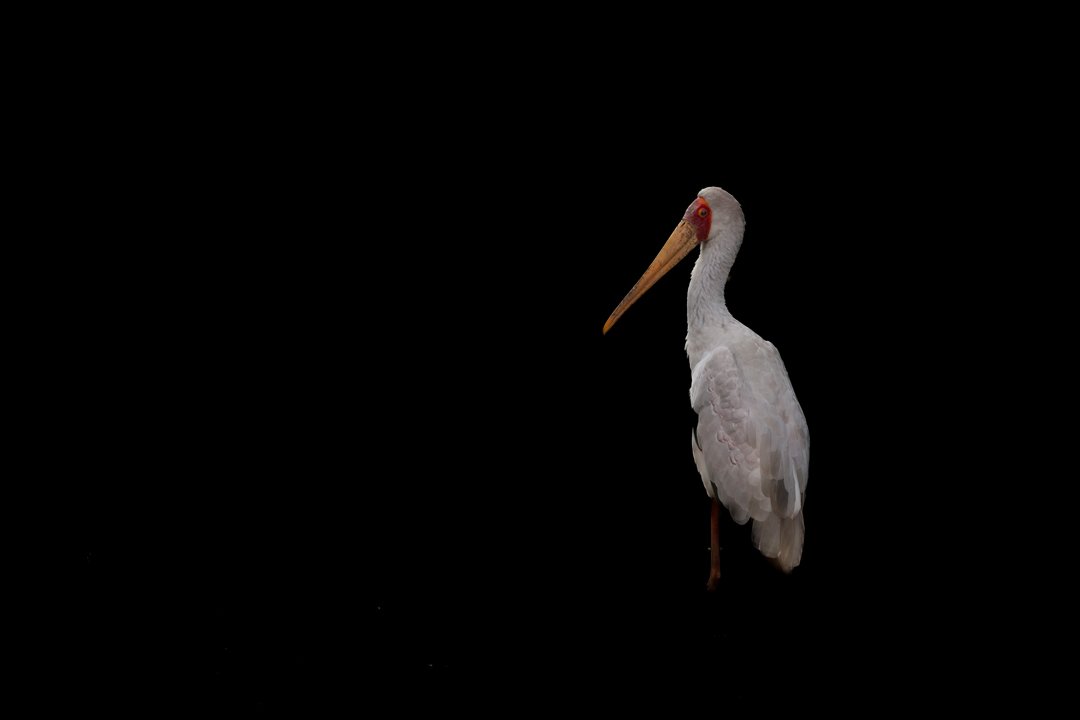Paul McDougall - Capturing Moments in Wildlife Photography
Paul McDougall (https://www.mcdougallphotographic.co.uk/) is a vastly experienced, highly accomplished wildlife photographer and guide, with over 20 years of living and working across Africa, particularly in Kenya, as well as India, Finland, Canada, and closer to home in Scotland.
He has visited the club before, but on Thursday night he chose to talk about taking wildlife photography to the next level. Not only creating images of animals in their natural habitat but also capturing the unique moments which make a photograph truly engaging and memorable.
Moments can be made up from a subject showing a particular behaviour, such as taking flight, the context such as wild or urban, the emotion of the situation, lighting, background and so on. As photographers become more experienced they can combine these elements in infinite combinations but also develop their own style, putting their own unique stamp on their work.
Back to Paul’s story, he explained that COVID had halted his international tours for a while and he had focussed on working closer to home - starting in his own back garden. He had set up a hide and a reflection pool with the intention of photographing the local birdlife, particularly with a project focussing on sparrows. Through a series of images he demonstrated that by strategically placing a pop-up hide, some perches and feeders in your own back yard, you can get some truly engaging shots.
While Paul was preparing to return to Kenya once more he started to experiment with different techniques that he could use to add different dimensions to his work. Some of the ideas he presented are listed below, and Paul illustrated each with a number of photographs showing how they could be used to create particular effects.
High Key - over exposing to bring out the colour and detail of the subject against a bright, even white background.
Low key - under exposing so that the subject stands out against a dark, sometimes almost black background.
Intentional Camera Movement (ICM) - using a slow shutter speed and moving the camera to blur the image and produce a variety of creative and interesting effects. A neutral density (ND) filter can be used to enable longer exposures in bright conditions. For post processing, Paul recommended pushing clarity, texture and dehaze sliders to the left to get more of a watercolour effect, or to the right to get a more pastel or oil effect.
Panning shots are similar to ICM but the camera follows the subject so that it is sharp but the background is blurred.
Getting low down or trying different heights - seeing the world from the animal’s perspective.
Using foregrounds and backgrounds to complement the main subject. Narrow depth of field can be used to pick out the subject when either or both the foreground and background are blurred.
Making the most of available light sources, being aware of how light changes at different times of day and in different weather conditions.
Using the weather as part of the composition, such as rain drops at different shutter speeds forming long or short streaks.
Being clear what you want to get - you may have to stay fixated on a particular angle or feature of the landscape and just be patient until the animal you are wanting to photograph obliges by moving into frame.
Paul explained that he tends to keep the same camera settings for a given situation largely the same so that when the opportunity presents he is ready to go. Aperture is between F7 and F11, minimum shutter speed set for the subject and location, e.g. 1/1600th in bright conditions, and auto ISO. For fast-moving subjects he will tend to pre-focus on the path of the subject and wait for the exact moment to fire the shutter.
As Paul talked through his methodology, he presented dozens of photographs covering all manner of wildlife subjects from Antelope to Zebra, taking in Badgers and Bears, Eagles and Elephants, Foxes and Flamingos, Ospreys, Otters and Owls. In each case he explained how the image had been elevated from a mere record to a striking and memorable moment.
Paul’s Book The Ultimate Beginners Guide to Wildlife Photography: From Taking a Shot to Capturing a Moment is available now on Amazon.
Paul has an exhibition at the David Livingstone Centre running 2nd-17th December 2023.








